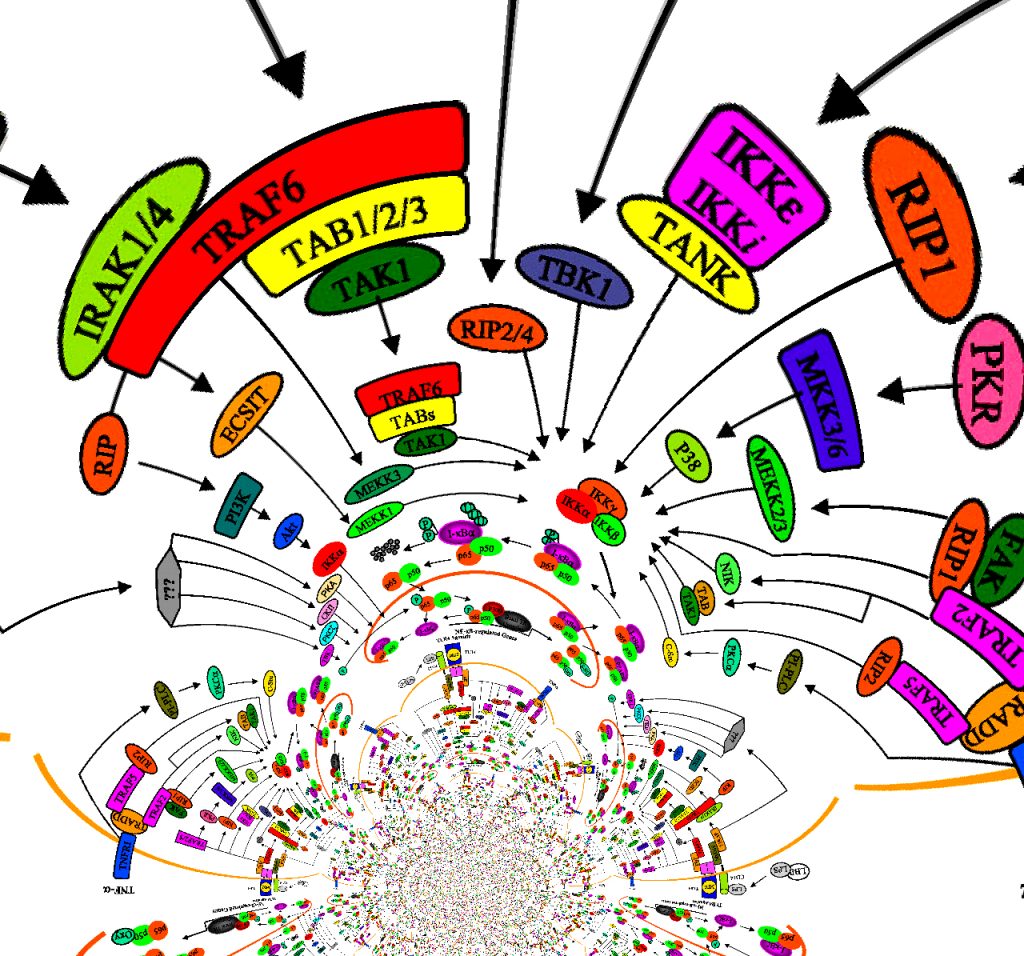Today we welcome a very special guest, Ms. Erin Gillard, LCSW-C. Ms. Gillard is the Clinical Manager, Family Services at The Living Legacy Foundation of Maryland. Additionally, she is has over ten years of social work experience here at the University of Maryland. Most recently, she has broadened her expertise as a yoga therapy instructor with Yama Studio. Today Ms. Gillard will approach a topic that is often overlooked in standard critical care training, how to truly communicate with families when they dealing with a significant level of crisis and emotional distress. This is a topic that is truly cutting-edge in the modern ICU, so I assure you this will be a skill you will be expected to master!
Clinical Pearls
- There is nothing that you can do to “protect” people from bad news, what you can effect is the sympathetic manner in which they are presented that news
- Crisis = opportunity for growth
- Grief
- Non-linear and not “one size fits all”
- Is not time limited and will change over time
- Can be felt in many variable ways over the course of a conversation
- Families in crisis experience
- Amplification of strengths
- Amplification of challenges
- Grief for unmet expectations (such as missing family members)
- Regression
- Often there is an unexpected change of roles where family members are put in situations where they are not comfortable
- Especially apparent when the patriarch/matriarch is the one who is ill
- Conflict
- Often anger can be misplaced, rarely meant to be against the care team
- CANNOT take sides
- Empathy is key
- Often anger can be misplaced, rarely meant to be against the care team
- Know your stats!
- 54% of ICU meetings end without families understanding dx, prognosis, or treatment plan
- 73.4% of family members meet criteria for anxiety
- 35% meet criteria for depression! (45% still meet criteria one year out!!)
- Worse in those who are made the decision maker
- Family meetings
- Must be early and often, especially with any change in clinical status
- Be open and honest, it goes a long way (93% of family members simply want the blunt truth)
- Must be at a comfortable time and place, not bedside (unless family requests)
- Always make time to introduce the medical team, especially with turn-overs
- Must be early and often, especially with any change in clinical status
- SPIKES: a process for sharing information abotu prognosis
- Setting up the meeting in a quiet place, private location, with all family members involved sitting where they want to sit
- Assess perception of the patient/family
- Obtaining patients invitation for how much info they want to know
- Giving knowledge and info
- “What can I explain better?”
- Address emotions with empathetic responses
- Strategy and summary for the next meeting(s)
- Presence vs Comfort
- The state of existing for someone vs. making someone less unhappy
- Presence: sitting down, with eye contact, starting with a moment of silence for family to compose themselves
- The state of existing for someone vs. making someone less unhappy
- AVOID
- “I know how you feel”
- “at least…..”
- Telling people how to feel
- Saying it gets easier over time
- Speaking about higher powers/afterlife without their permission
Suggested Reading
- You JJ, Fowler RA, Heyland DK; Canadian Researchers at the End of Life Network (CARENET). Just ask: discussing goals of care with patients in hospital with serious illness. CMAJ. 2014 Apr 1;186(6):425-32. [PubMed Link]
- Purves Y, Edwards S. Initial needs of bereaved relatives following sudden and unexpected death. Emergency Nurse. 13, 7, 28-34. [Emergency Nurse Link]



